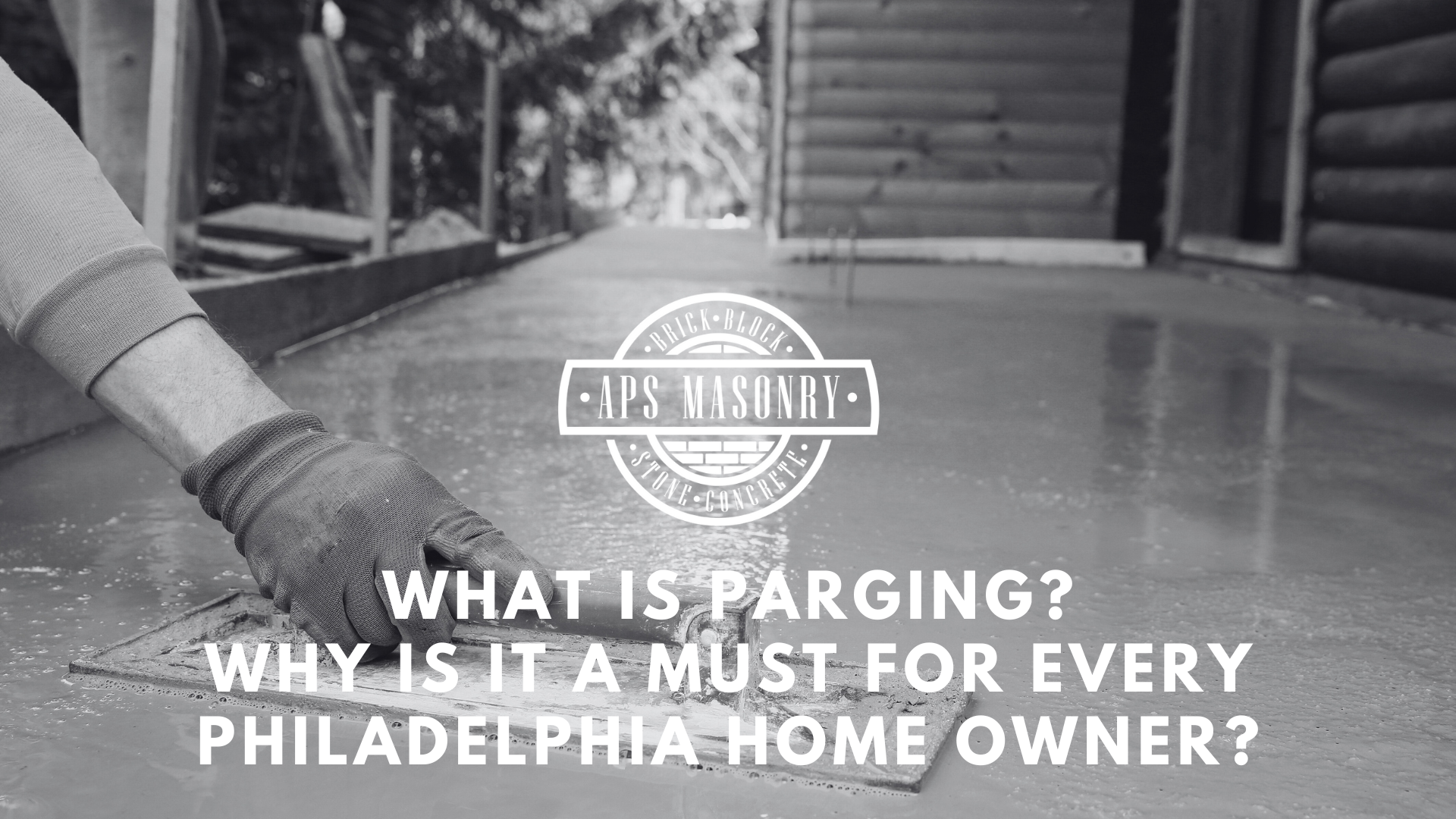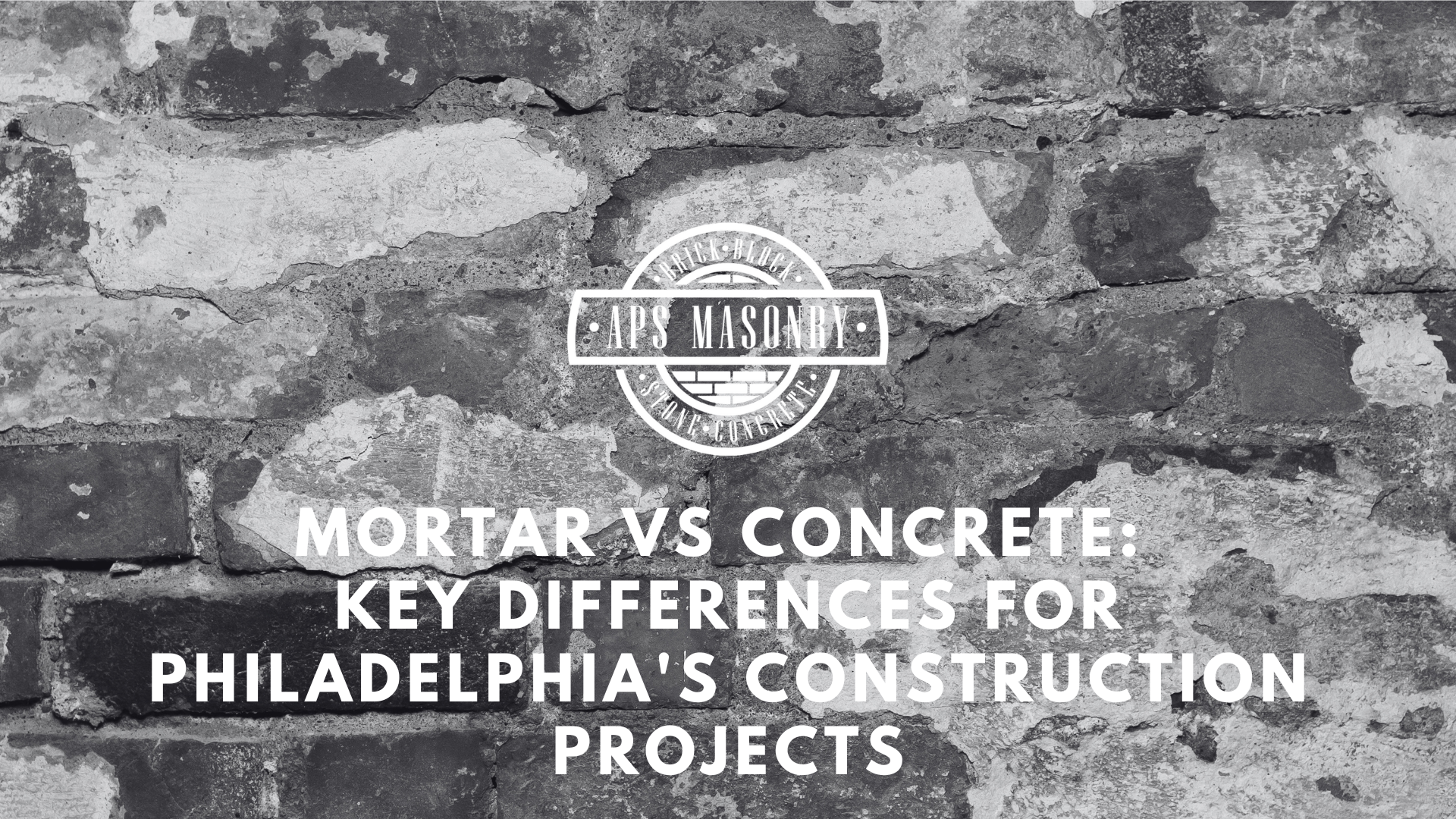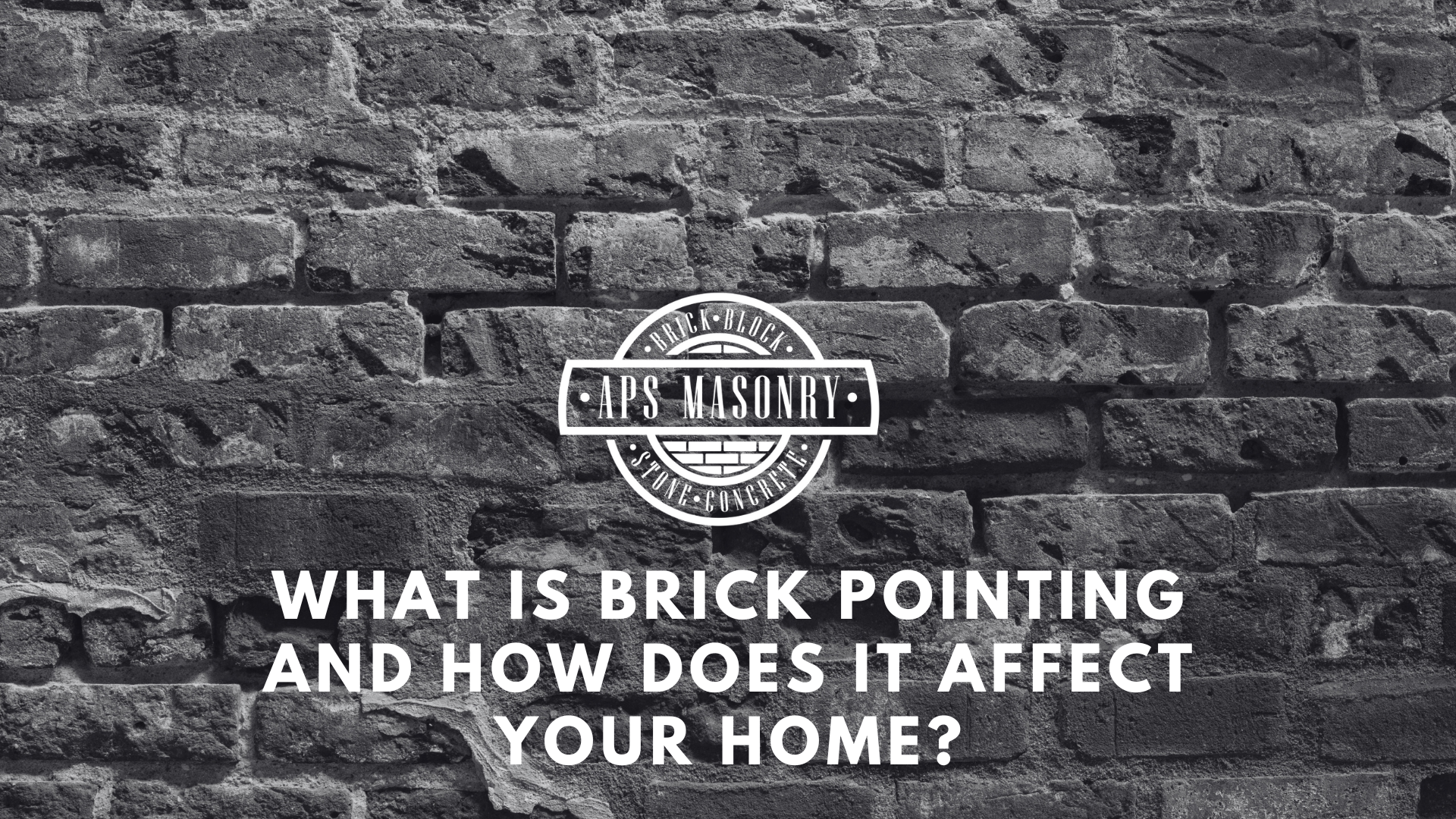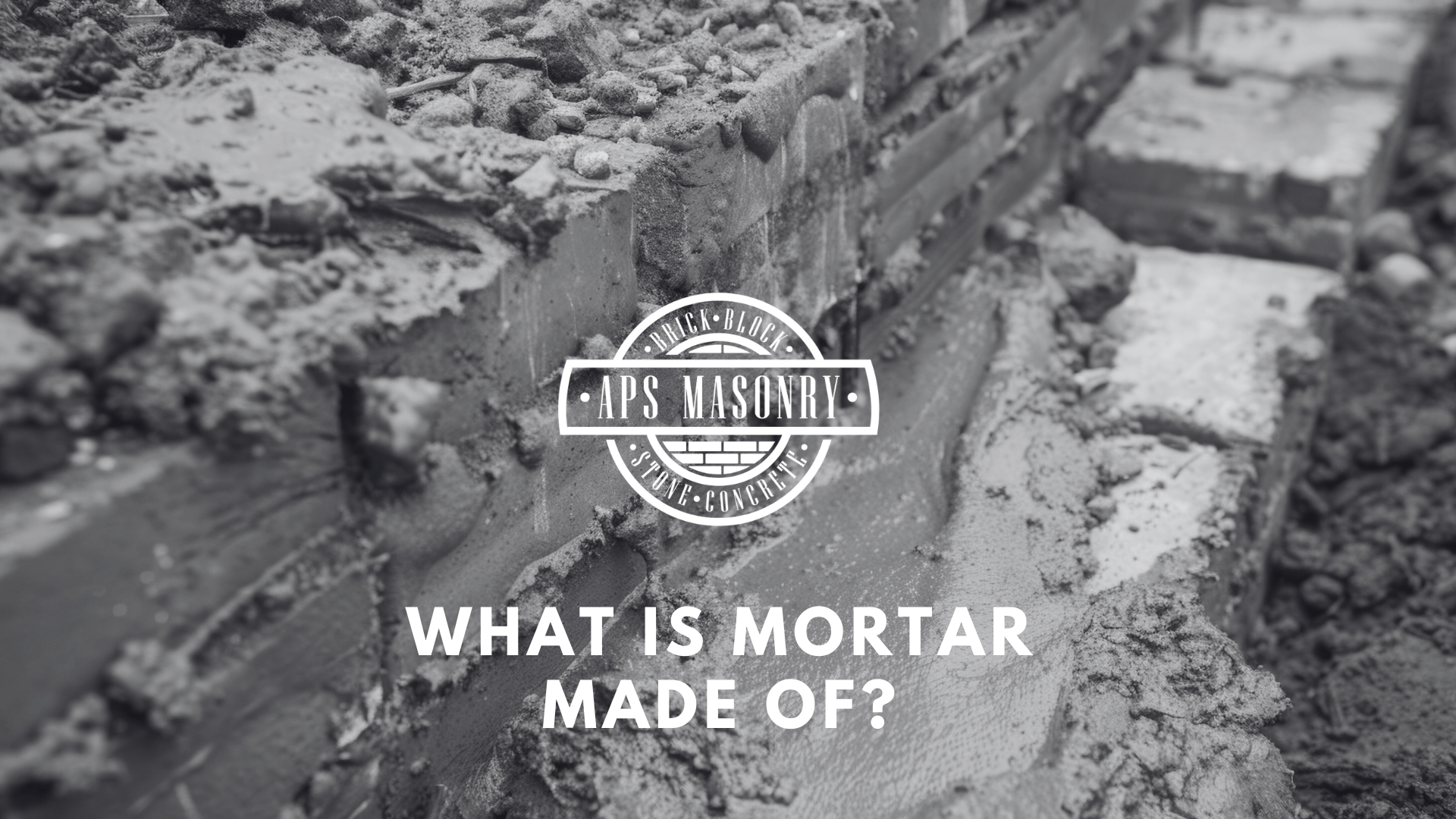Parging for Philadelphia homeowners helps to protect and beautify their masonry walls. This simple process involves applying a thin coat of cement mortar to cover cracks, prevent moisture infiltration, and shield your walls from harsh weather. If you notice cracks, crumbling masonry, or damp spots, it's time to consider parging. The benefits are clear: a smoother, more attractive finish, enhanced weather protection, better insulation, and extended wall life. Don’t let small issues turn into costly repairs—parging is an effective solution to keep your home strong and looking its best.
What Is Parging?
Parging (par-jing) is the application of a thin coat of cement mortar to the surface of masonry walls. This process is typically used on the exterior of foundation walls but can also be applied to interior masonry surfaces. The primary purpose of parging is to cover up the rough and uneven surfaces of masonry walls, giving them a smooth and finished look.
Parging acts as a protective layer, shielding the walls from weather elements and preventing moisture infiltration. It’s a straightforward yet effective way to improve both the appearance and longevity of your masonry structures.
How Do You Recognize When a Wall Needs Parging?
If you’re living in Philadelphia then you're more than used to the weather and what it can do. If you're wondering whether your walls need parging, here are some signs to look for:
Visible Cracks
Inspect your foundation and exterior walls for visible cracks. Small cracks might be normal, but larger or numerous cracks could indicate structural issues that parging would fix.
Crumbling or Flaking Masonry
Look for any signs of crumbling or flaking on the surface of your masonry walls. This deterioration indicates that the underlying material needs protection.
Moisture Penetration
Damp spots, mold, or mildew on interior basement walls are signs that moisture has got in. Moisture issues often suggest that the exterior surface needs a protective barrier.
Efflorescence
Look for a white, powdery substance on your masonry. This is efflorescence, which occurs when water seeps through the wall and brings salt to the surface as it evaporates. Parging can help seal the masonry and prevent moisture ingress.
Uneven Surface Appearance
Examine the wall surface for uneven areas or bulges. When the masonry is no longer smooth or structurally sound, it's time to do something about it.
Inspection Methods
- Visual Inspection: Regularly check your walls for the above signs.
- Professional Assessment: If you're unsure, one of our professional inspections will give you a definitive answer.
Common Problem Areas
Pay particular attention to the following areas, as they are more prone to issues that require parging:
What Are the Benefits of Parging?
Parging offers several advantages that make it a valuable addition to any masonry structure:
- Better Appearance: Parging provides a clean, smooth finish to masonry walls, covering up imperfections and giving them a polished look. .
- Weather Protection: By applying a protective layer to your walls, parging helps shield the masonry from harsh weather conditions. It prevents water penetration, reducing the risk of damage from freeze-thaw cycles and moisture.
- Improved Insulation: Parging adds a layer of insulation to your walls, helping to maintain indoor temperatures and potentially lowering energy costs.
- Increased Longevity: Regular parging maintenance could extend the lifespan of your masonry structures by protecting them from environmental wear and tear.
The Parging Process
Parging is a straightforward process, but it requires attention to detail to guarantee a smooth and durable finish. Here’s a step-by-step guide on how it’s done:
- Preparing the Surface: The first step is to clean the masonry surface thoroughly. Remove any dirt, dust, or loose particles using a wire brush or pressure washer. If there are any cracks or holes, fill them in with mortar and allow them to dry before starting the parging process.
- Mixing the Parging Material: Parging is typically done using a mix of cement, sand, and water. The mixture should have a thick, paste-like consistency. It's essential to mix it thoroughly to avoid any lumps and guarantee an even application.
- Applying the First Coat: Start by applying a thin coat of the parging mixture to the prepared surface using a trowel. This first layer is called the scratch coat. Make sure it’s applied evenly and smoothly across the entire surface. Allow this coat to set and dry slightly before moving on to the next step.
- Applying the Finishing Coat: Once the scratch coat has dried enough to hold its shape but is still slightly damp, apply a second, smoother coat. This is the finishing coat, which will give the wall its final, polished look. Use a trowel to smooth out the surface to get an even finish.
- Curing: After the finishing coat is applied, it needs time to cure. Keep the surface slightly damp for a few days to prevent it from drying too quickly and cracking. This ensures a strong and durable finish.
Common Materials Used in Parging
Several materials can be used for parging, each with its own properties and benefits. Here are the most common ones:
- Cement-Based Parging: This is the most popular type of parging material. It consists of a mixture of cement, sand, and water. Cement-based parging is strong and provides a strong, long-lasting finish. It's ideal for both exterior and interior applications.
- Lime-Based Parging: Lime is often added to cement mixtures to create a lime-based parging material. Lime makes the mixture more workable and flexible, which can help prevent cracking. It also allows the wall to breathe, making it a good choice for older buildings.
- Acrylic Parging: Acrylic parging mixes incorporate acrylic compounds. This type of parging is highly resistant to water and weathering, making it a great option for exterior surfaces exposed to harsh elements.
Philadelphia's Weather and Its Impact on Masonry
Philadelphia has a diverse climate, with hot, humid summers and cold, snowy winters. This variety in weather conditions affects the integrity of your home.
Freeze-Thaw Cycles
- Problem: In winter, water can seep into cracks in the masonry. When temperatures drop, the water freezes and expands, causing the cracks to widen.
- Solution: Parging seals these cracks, preventing water from entering and reducing the damage caused by freeze-thaw cycles.
Moisture and Humidity
- Problem: High humidity levels in summer causes increased moisture in masonry walls, promoting the growth of mold and mildew.
- Solution: A parge coat creates a waterproof surface, reducing moisture penetration and helping to keep the interior dry.
Rain and Snow
- Problem: Philadelphia receives a considerable amount of precipitation throughout the year. Continuous exposure to rain and snow deteriorates your walls over time.
- Solution: Parging adds an extra layer of protection, helping to shield the external walls from direct contact with water.
Reach Out for a Free Estimate
What Can Happen If You Leave Your Walls Alone?
Neglecting walls that need to be parged can end in several worst-case scenarios, especially considering the specific climate and conditions in Philadelphia. Here are some of the most serious potential consequences:
Structural Damage
Worsening Cracks
- Issue: Small cracks in masonry widen over time due to freeze-thaw cycles and ongoing weather exposure.
- Consequence: These cracks compromise the structural integrity of the walls that may require extensive and costly repairs.
Foundation Instability
- Issue: Water infiltration through unsealed cracks can erode the foundation.
- Consequence: Over time, this causes foundation instability. Uneven settling of the building, sloping floors, and misaligned doors and windows will follow.
Moisture Penetration
Interior Water Damage
- Issue: Moisture seeping through unprotected masonry penetrates interior walls.
- Consequence: Expect water damage to interior finishes, rotting of wood structures, and deterioration of insulation, requiring expensive interior repairs.
Mold and Mildew Growth
- Issue: Moist, unventilated spaces create ideal conditions for mold and mildew growth.
- Consequence: Mold and mildew not only damage walls and ceilings but also pose serious health risks to occupants, including respiratory issues and allergies.
Efflorescence
Surface Deterioration
- Issue: Efflorescence, the white, powdery residue formed by soluble salts left behind as water evaporates, indicates ongoing moisture issues.
- Consequence: This ends with further degradation of the masonry surface, creating an unsightly appearance and potentially causing long-term damage to the wall's integrity.
Energy Efficiency Loss
Increased Energy Costs
- Issue: Cracks and gaps in masonry can have significant heat loss in winter and cooling loss in summer.
- Consequence: You may receive higher energy bills as your heating and cooling systems work harder to maintain a comfortable indoor temperature.
Reduced Insulation Effectiveness
- Issue: Moisture infiltration compromises the effectiveness of insulation materials within the walls.
- Consequence: This further exacerbates energy loss and reduces the overall efficiency of your home’s insulation.
Aesthetic Decline
Decreased Curb Appeal
- Issue: Visible cracks, flaking, and efflorescence detract from the visual appeal of your home.
- Consequence: This can lower property value and make it more challenging to sell if you decide to put your home on the market.
Pest Infestation
Increased Risk of Pests
- Issue: Cracks and gaps provide entry points for pests like rodents and insects.
- Consequence: Pest infestations can lead to further damage to the home’s structure and interior, along with potential health risks.
Long-Term Financial Impact
Higher Repair Costs
- Issue: Neglecting small issues can lead to more significant problems that are costlier to repair.
- Consequence: Addressing major structural damage, extensive mold remediation, or severe foundation issues can be much more expensive than preventive maintenance like parging.
Potential Safety Hazards
- Issue: Severely compromised walls can pose safety risks to occupants.
- Consequence: In extreme cases, walls could collapse, leading to injury or significant damage to property.
Legal and Insurance Issues
Non-Compliance with Building Codes
- Issue: Severe deterioration may result in non-compliance with local building codes.
- Consequence: This can lead to fines or legal action and may complicate insurance claims if damage occurs due to neglect.
Insurance Claim Denials
- Issue: Insurance companies may deny claims if they determine damage was due to neglect.
- Consequence: Homeowners may have to bear the full cost of repairs out-of-pocket.
Parging Maintenance Tips
Proper maintenance is key to making sure the longevity and appearance of your parging. Here are some essential tips to keep your parging in top condition:
Regular Inspection and Cleaning
- Inspect Regularly: Check your parging at least once a year for any signs of damage, such as cracks, peeling, or discoloration. Early detection allows for prompt repairs, preventing further issues.
- Clean Surface: Use a soft brush and mild detergent to clean the parging surface, removing dirt, grime, and mildew. For tougher stains, a mixture of water and white vinegar is usually effective.
Preventing Damage
- Seal the Surface: Apply a waterproof sealant to the parging to protect it from moisture and weather damage. This is especially important for exterior surfaces exposed to the elements.
- Control Moisture: Guarantee proper drainage around your home to prevent water from pooling near the foundation walls. Gutters, downspouts, and grading helps direct water away from your walls.
Seasonal Maintenance
- Winter Care: Before winter, inspect your parging for any cracks or damage and repair them. Snow and ice can exacerbate existing issues. Keep the surface clear of snow and ice buildup.
- Spring Check: After winter, inspect your parging again for any damage caused by freeze-thaw cycles. Clean the surface and perform any necessary repairs.
Sometimes, even with all the care and attention, there are some things that escape our ability to control.
Contact Us Today!
The condition of your walls is likely to be one of your last pressing concerns. However, the lasting consequences of an unprotected wall in certain conditions can result in large scale repairs, property damage and even potential health problems for you and your family.
At APS Masonry Contracting, we have the expertise to handle all your parging needs. Our team of professionals is ready to provide high-quality parging services that will improve the look and longevity of your home. Don’t hesitate to reach out to us with any questions or to schedule a consultation.
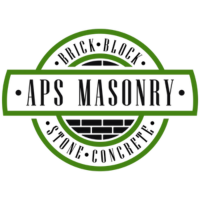 Alec Serowatka
:
Jun 3, 2024 5:23:07 PM
Alec Serowatka
:
Jun 3, 2024 5:23:07 PM
